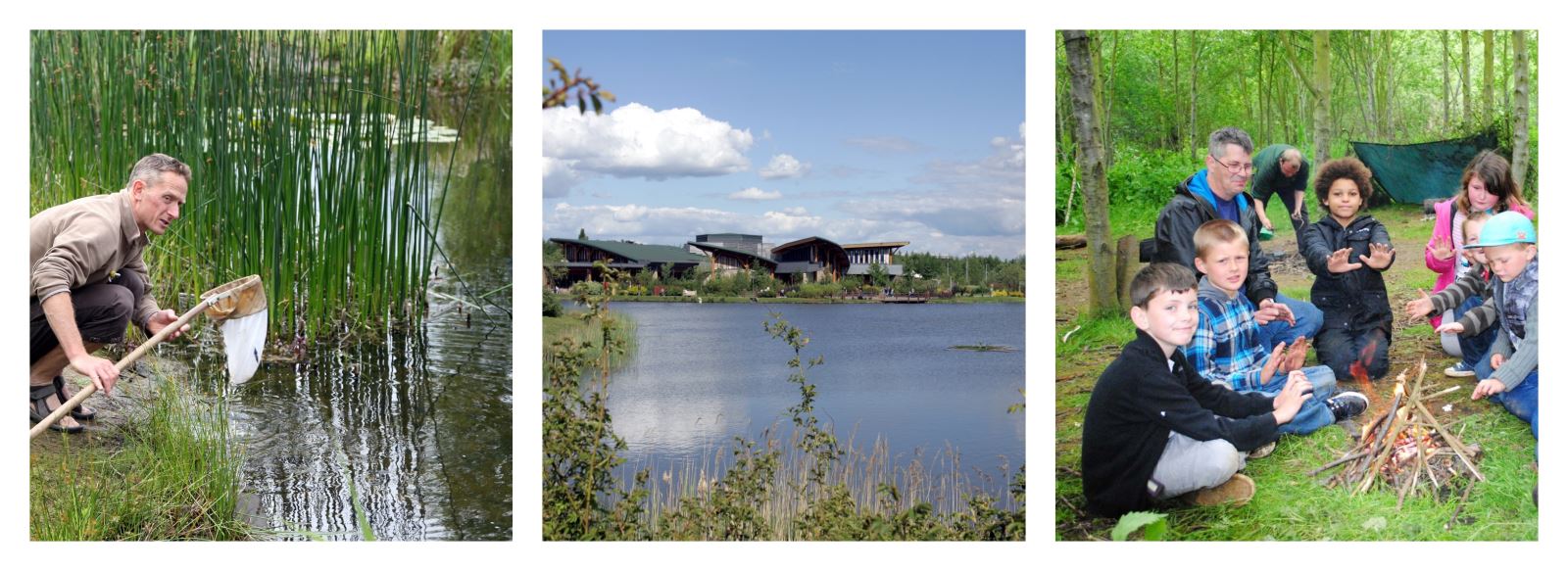Step Behind The Curtain At Conkers
Have you ever wondered what goes on behind closed doors at some of the attractions you visit? Or about the unusual lives of those working in weird and wonderful roles in museums, heritage centres and theme parks?
In our new behind-the-scenes blog series we’ll be giving you a sneak peek into the stories of the people whose out-of-the-ordinary jobs help create the amazing experiences to be had in Nottinghamshire.
First up, John Speedy gives us the lowdown on his wild life as Head Ranger at Conkers, from watching birds as they dance together across the lake, to his surprising love of slugs.
John's Experience

Something I love about being an Educational Ranger at Conkers is having the opportunity to observe the day to day life of the wildlife we have living at the within the 120 acres of woodland.
The experience of seeing chicks hatching from eggs and progressing on to being fledglings has been particularly wonderful. We’ve had several geese pairs raising their broods on our lake, which our visitors love to see as the goslings are quite confident about coming up to people in search of food!
My favourite animal to watch when I get the chance has been the pair of Great Crested Grebes who recently added three chicks to their family. The Grebe is brilliant to watch as it dives under the water hunting for fish, disappearing for surprisingly long times, zipping around after its prey before popping back up above the surface with a small fish clamped in its beak. The Grebe is well known for its spectacular mating dance which is well worth looking up a video of as they appear to dance together on the water. I hope to see the chicks learning to fly as the summer progresses, getting to see such things and share the moments with our visitors is why I enjoy my job so much.
This summer has been exceptionally busy with School programmes and with ‘Habitat and Minibeasts’. Our programmes involve searching for creepy crawlies hiding around the woodland floors. It’s a great way to allow children to explore and get stuck in! On an average day you’ll find ants, woodlice, snails and slugs. Over the past few weeks we have been lucky enough to spot not only toads, but also frogs, newts and even Leopard slug (Limax Maximus).

Not knowing much about slugs, I found it fascinating to learn about the different types and their behaviours. Having since researched about them I can now say I have a new profound love for slugs (Leopard being my favourite). I discovered that Leopard slugs are widespread across the UK and grow up to a whopping 16 cm. They can be brown or grey, with brown or black spots and blotches (thus giving them their name). Like other slugs they eat plants and fungi but are one of few slugs that actually eat other slugs.
Slugs live in very damp, dark habitats and can often be found under a piece of rooting wood. They prefer cooler places so that they do not get too dry. Slugs also produce sticky mucus that helps them to slide along the ground, crawl up trees and prevent them from drying out. Although many gardeners may not be so keen on slugs, they are an important food resource for many animals including birds, badgers and hedgehogs.
You can help attract more minibeasts to your area by making small piles of rotting leaves and wood. Check the pile over the next few days and I’m sure you’ll have your own little community soon enough.
This guest blog was written by John Speedy - Conkers Head Ranger
Related
Comments
Klais I couldn't seem to write it in a way that would pique the interest of publishers. I was constantly in line and never received any rejections or acceptances. So I can confidently suggest that everyone should really consider it and seek the assistance of a cv writing service https://uk.careersbooster.com/ to assist them in building a strong CV. Best of luck!

 to add an item to your Itinerary basket.
to add an item to your Itinerary basket.










